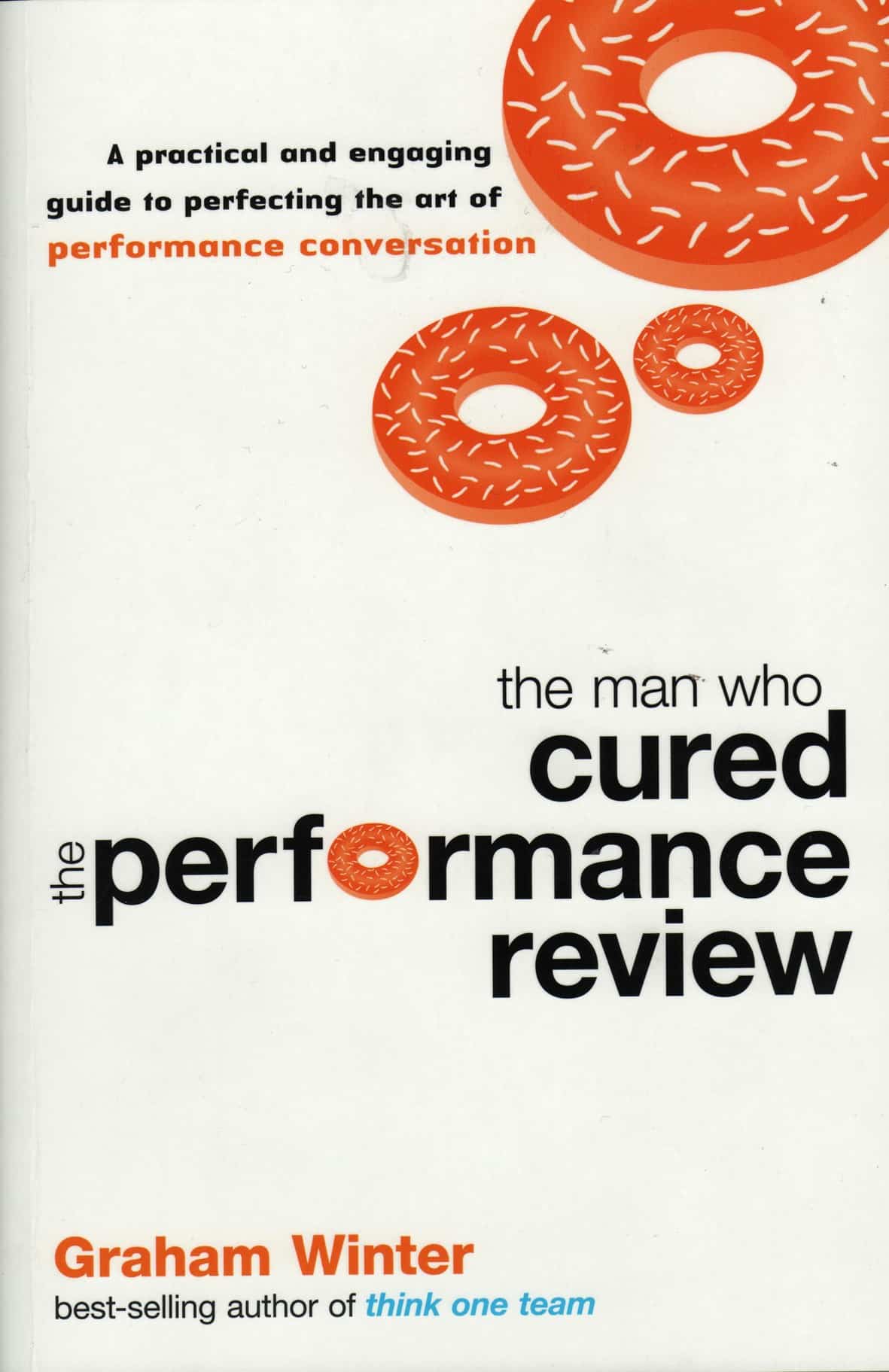The Age newspaper included a short article on drugs in the workplace in a small business pages on 4 August 2009. For OHS professionals there is little new information but it’s a nice summary of some of the legal and management challenges on this workplace hazard.
Sadly some of the reply comments to the article online are demoralising.


 who was the chief psychologist for the Australian Olympic team and is now an author and business adviser. In August 2009 he has a book released entitled “The Man Who Cured the Performance Review”.
who was the chief psychologist for the Australian Olympic team and is now an author and business adviser. In August 2009 he has a book released entitled “The Man Who Cured the Performance Review”. “Telstra launches new smartphone to power workforce productivity
“Telstra launches new smartphone to power workforce productivity